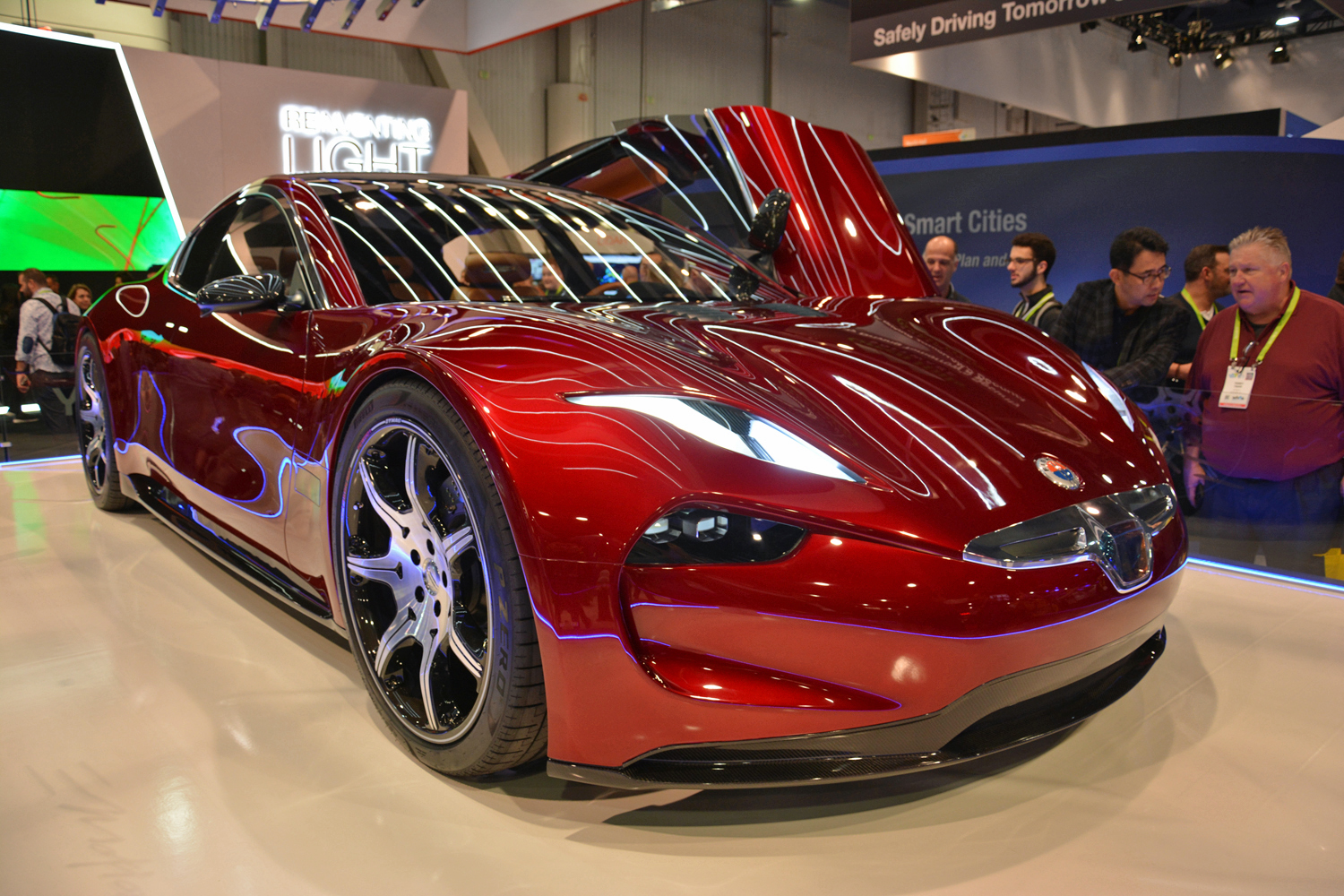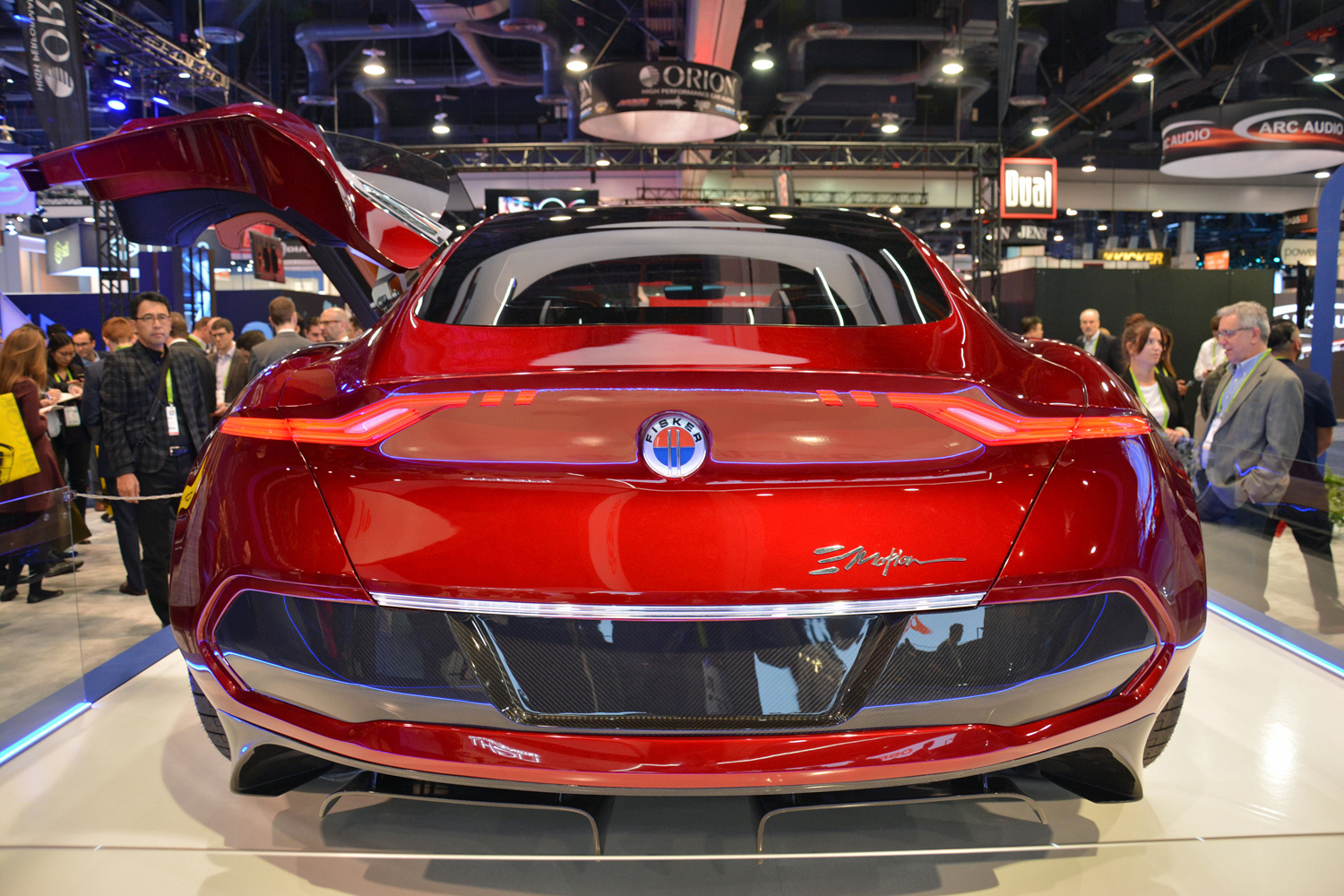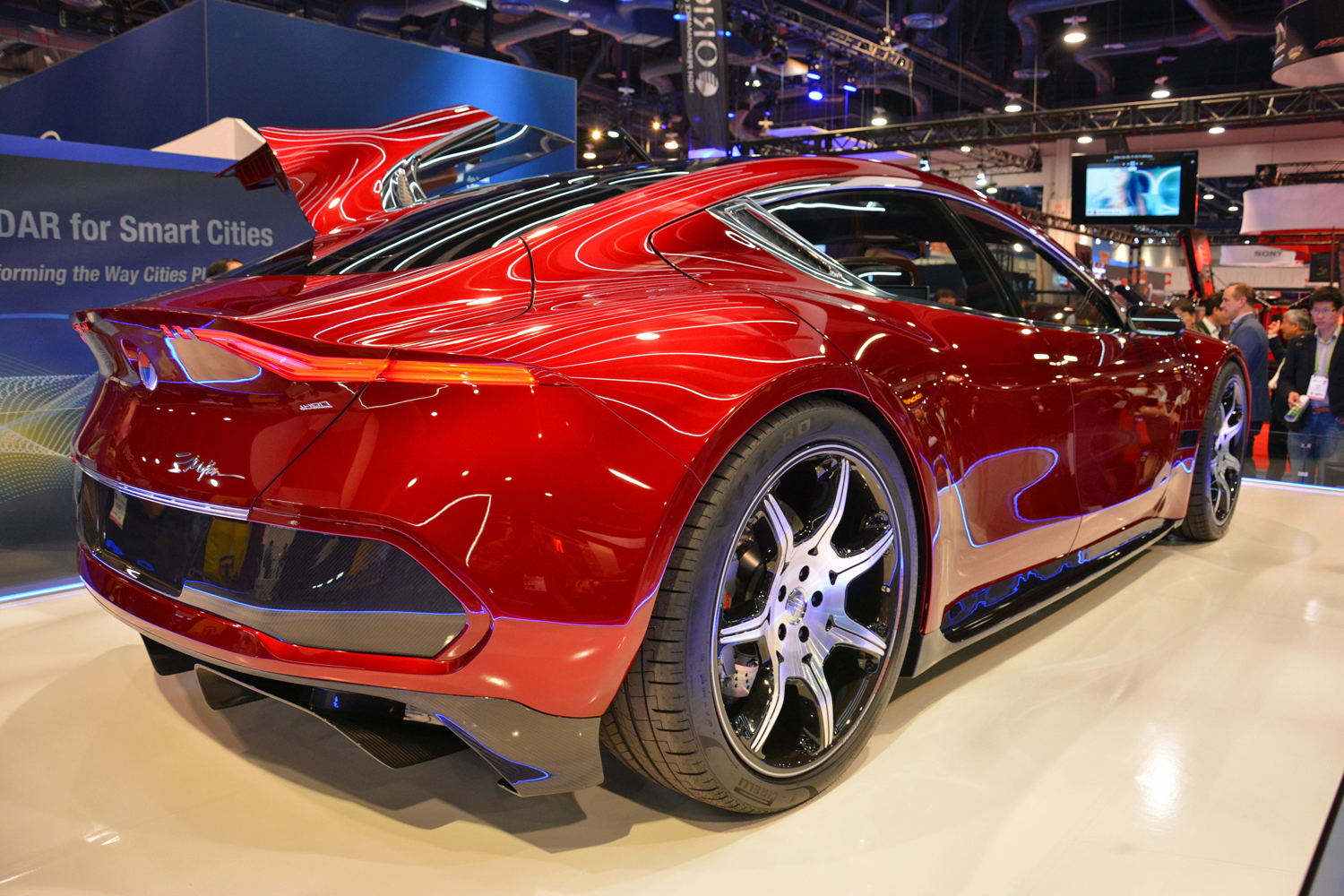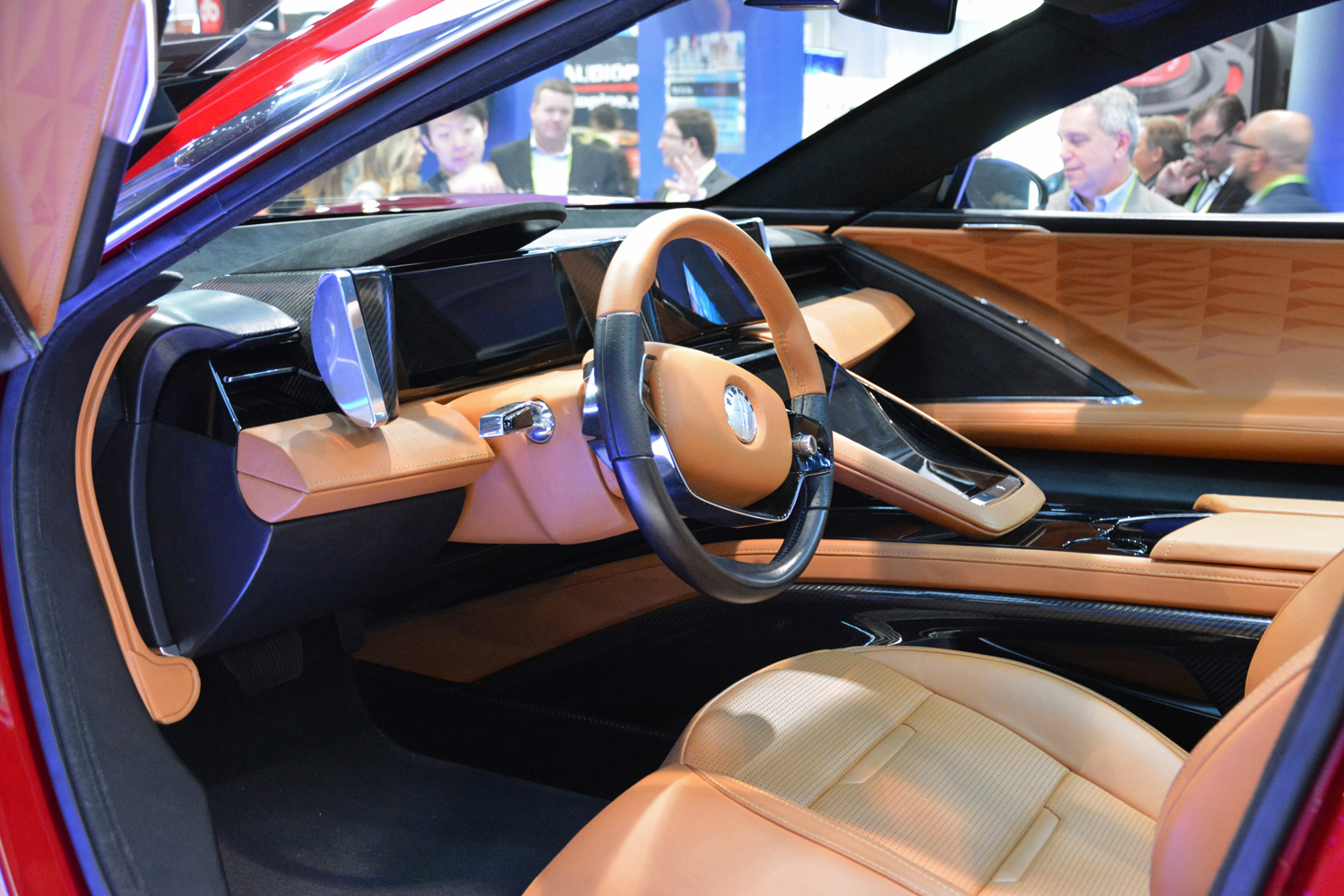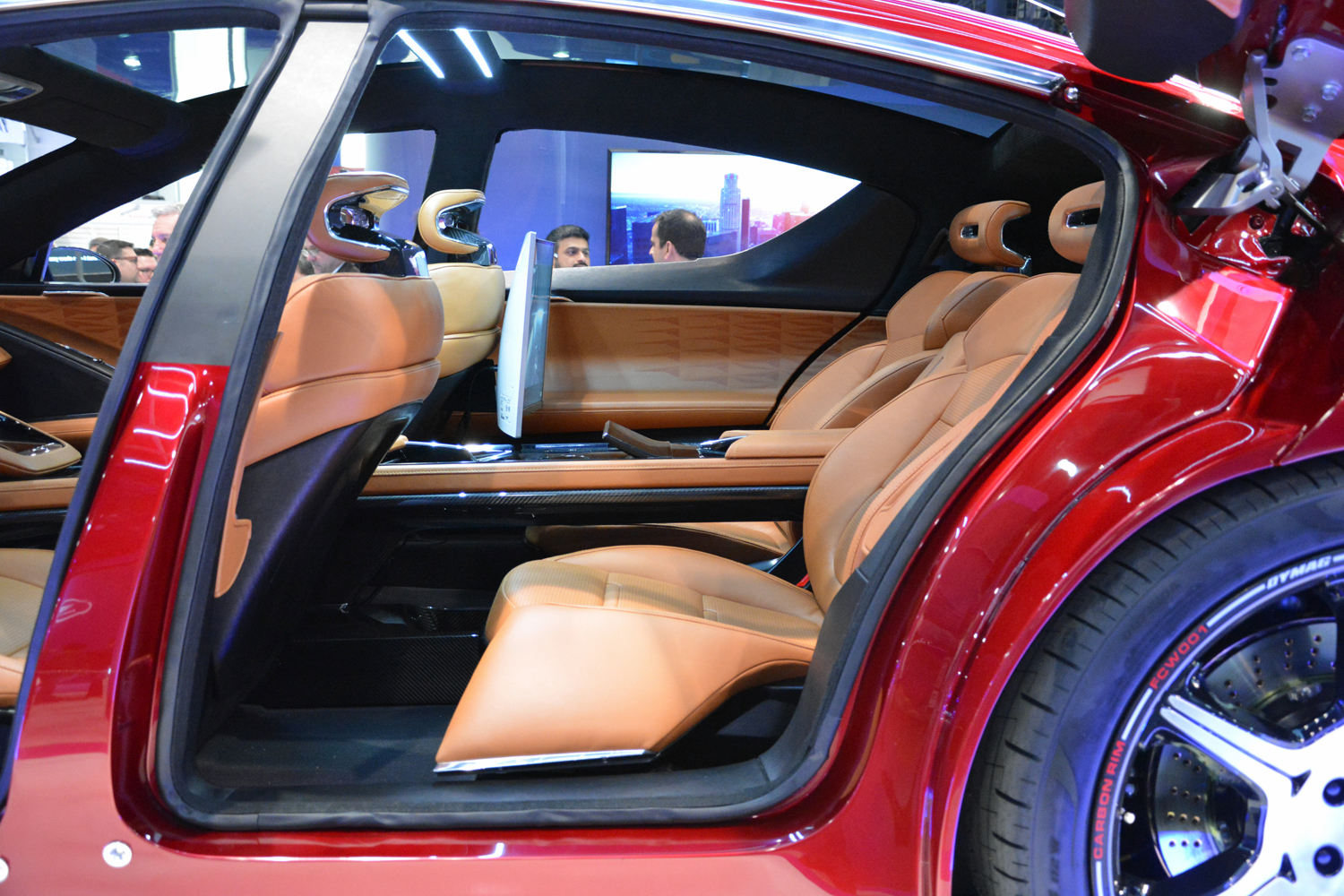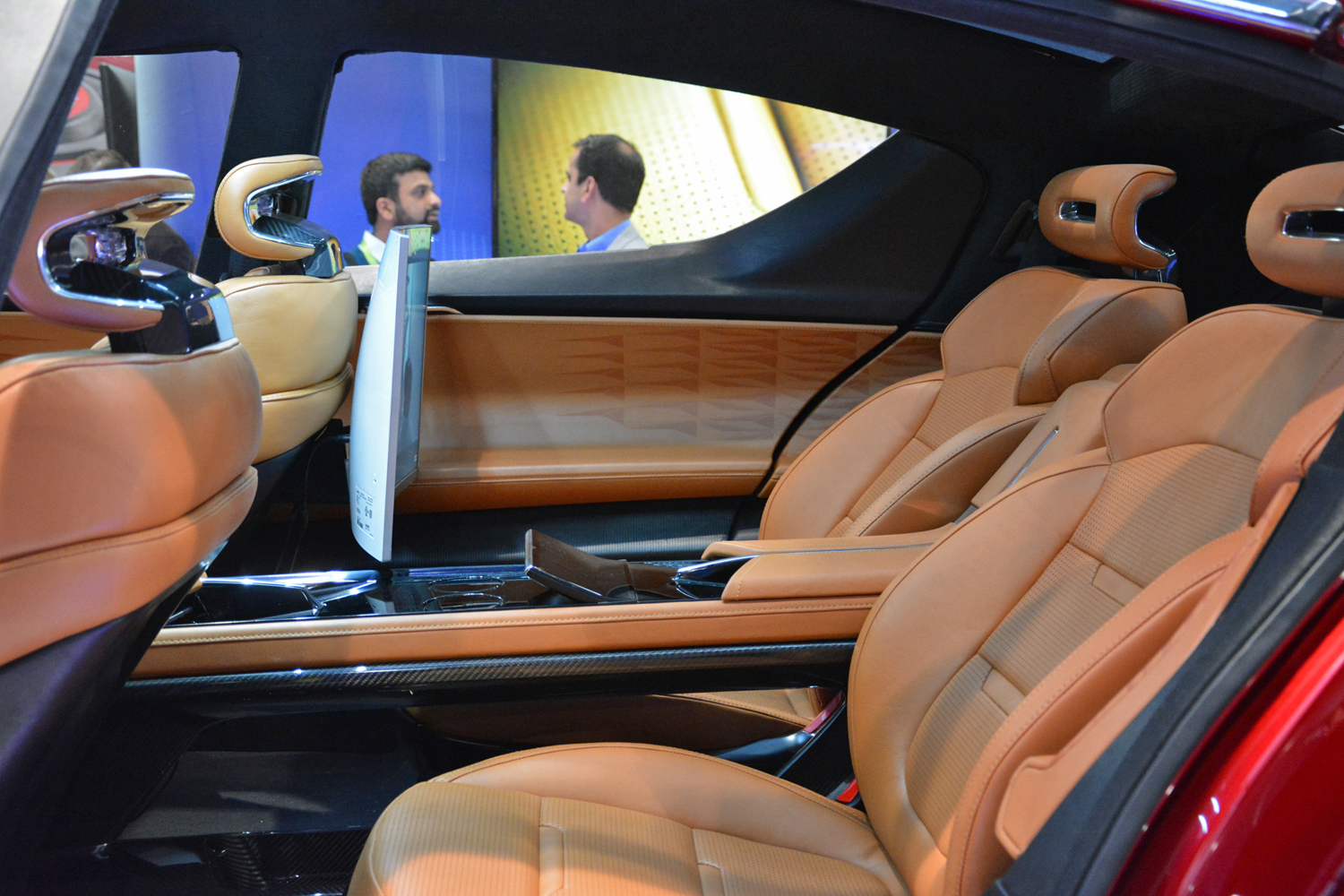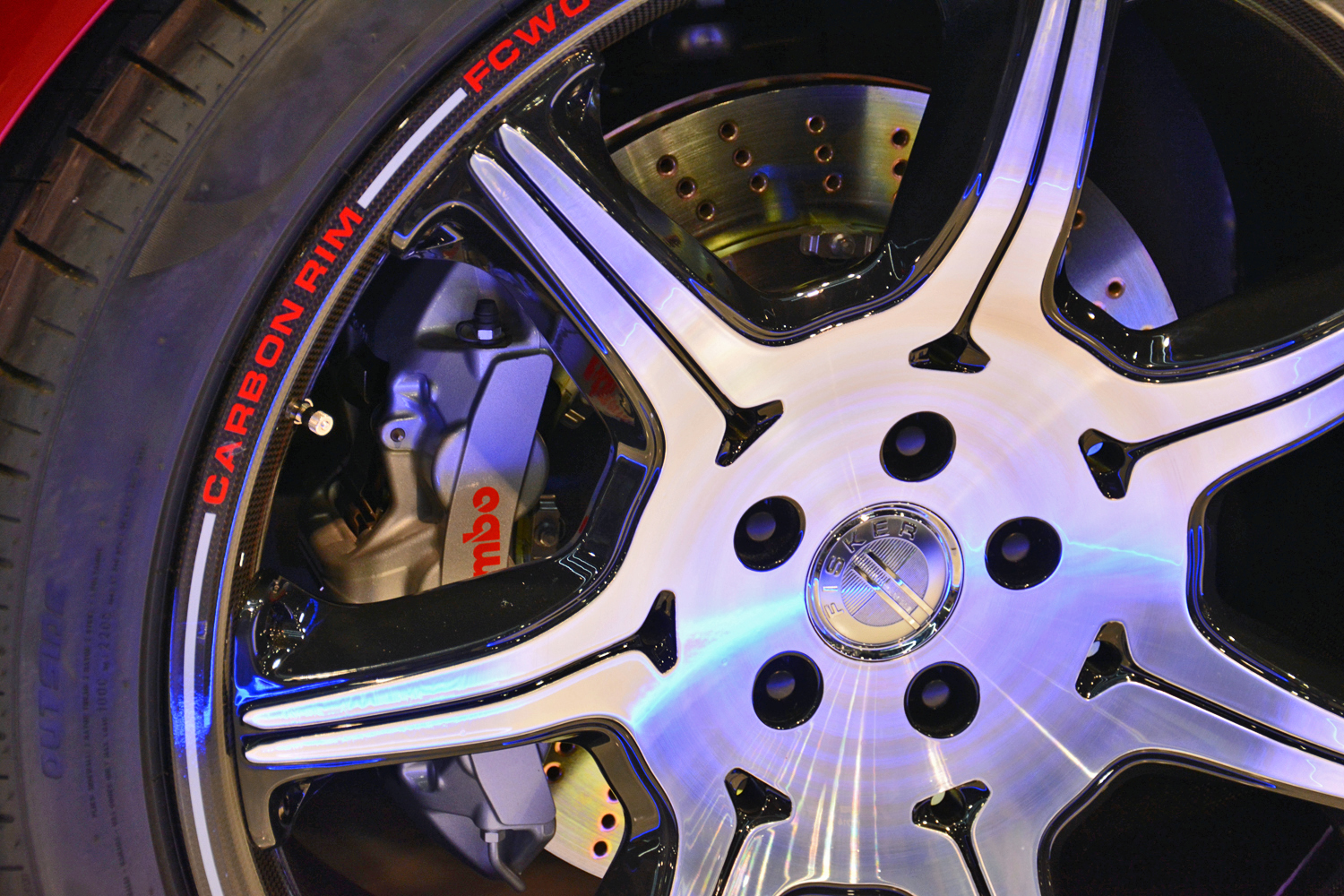This story is part of our continuing coverage of CES 2020, including tech and gadgets from the show floor.
If déjà vu struck while watching Fisker introduce the electric Ocean crossover at CES 2020, it’s likely because the young automaker traveled to the 2018 edition of the event to unveil a battery-powered luxury sedan named EMotion (pictured above). While the model remains on track for production, Digital Trendshas learned it won’t arrive until after the Ocean enters production in 2021.
Company founder and CEO Henrik Fisker told Digital Trends his team hasn’t forgotten about the EMotion, but it prefers to release cheaper, more volume-oriented models first. The price difference between the two is significant: The Ocean will start at $38,500 before local and government incentives enter the equation, while the EMotion will carry a base price in the vicinity of $130,000. The Ocean will sell in far greater numbers than the Emotion.
Fisker has another reason for delaying the EMotion. While the Ocean will launch with a lithium-ion battery pack, the EMotion will gain solid-state battery technology that’s current being developed. These cutting-edge batteries will have a greater energy density than comparable lithium-ion units while costing less, lasting longer, and being safer. They’ll allow automakers to build better cars, and to banish range anxiety to the automotive history book once and for all. Solid-state batteries aren’t ready for mass production yet, but research is advancing quickly.
Finally, Fisker doesn’t feel like he needs to prove he’s capable of developing a luxury sedan. “We did the Karma,” he told DT, referring to the plug-in hybrid sedan released by the last company he founded in 2012. It’s still in production but no longer associated with the designer or his new automaker. His résumé as a designer also includes the James Bond-friendly BMW Z8, and the Aston Martin V8 Vantage, among other high-end models.
There’s no word yet on when the EMotion will enter production, but don’t expect to see it until 2022. In the meantime, Fisker shed light on how his firm plans to distribute its future cars. Building a dealer network is a costly, time-consuming process the executive plans to avoid. “We are taking the middleman out between us shipping the car and you receiving it. We do all the communication through the app,” he told Digital Trends.
Follow our live blog for more CES news and announcements.
Editors' Recommendations
- 2025 Mercedes-Benz EQS sedan gets new face, bigger battery
- Tesla faces new rival as a tech giant launches its first EV
- Audi’s new A3 Sedan learns a few tech tricks from its bigger siblings
- Tesla’s new million-mile battery could finally make electric cars affordable
- Giant new battery pack could give Tesla’s Model S 400-plus miles of range

